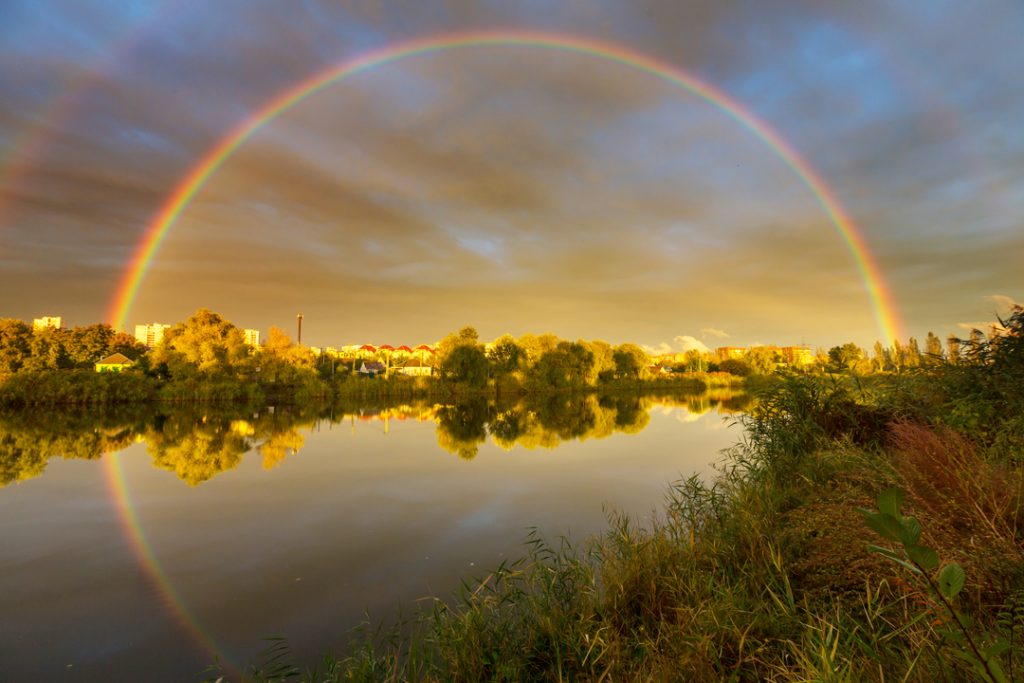
Beautiful! Such a wonderful word to express the beauty of life. We have so many great things to tell, describe and share that we need many words to tell incredible stories and more in Spanish, an amazing language full of beautiful expressions to say ‘beautiful’.



Remember, choosing the right term depends on the context and the specific nuance of beauty you want to convey. Look into the diverse world of these expressions, practice it and let your conversations in Spanish become as beautiful as the language itself!
Understanding the grammatical rules is crucial for expressing beauty accurately in Spanish. Adjectives like "hermoso," "bonito," and others must agree in gender (masculine/feminine) and number (singular/plural) with the noun they modify. For example, "hermosa casa" (beautiful house) shows agreement in gender and number.
In Spanish, adjectives must agree in gender with the nouns they modify. This means that if the noun is masculine, the adjective must be in its masculine form, and if the noun is feminine, the adjective should be in its feminine form.
Example:
Adjectives must also agree in number with the nouns they describe. If the noun is singular, the adjective should be in its singular form, and if the noun is plural, the adjective must be in its plural form.
Example:
In Spanish, adjectives generally come after the noun they modify. However, certain adjectives, including those related to beauty, often come before the noun to emphasize or enhance their meaning.
Example:
Remember that these rules apply not only to "beautiful" (hermoso/hermosa) but also to other adjectives expressing beauty, like "bonito/bonita," "lindo/linda," and so on.
1. False Cognates: English speakers often assume that words like "sensible" mean "sensible" in Spanish, but it actually means "sensitive." Be cautious with false cognates!
2. Overusing "Bello": While "bello" is beautiful, Spanish offers a rich variety of alternatives. Don't limit yourself; explore different expressions, practice the 30 options we gave you above.
3. Gender Agreement: English doesn't assign gender to nouns as Spanish does. Pay attention to gender when using adjectives like "hermoso" and "hermosa."
1. Tu sonrisa es hermosa. (Your smile is beautiful.)
2. El atardecer es deslumbrante. (The sunset is dazzling.)
3. Este lugar es simplemente precioso. (This place is simply precious.)
4. Sus ojos son cautivadores. (Her eyes are captivating.)
5. ¡Qué bello día! (What a beautiful day!)
6. La naturaleza es fascinante. (Nature is fascinating.)
7. La música es sublime. (The music is sublime.)
8. Esa película fue espectacular. (That movie was spectacular.)
9. El arte es impresionante. (Art is impressive.)
10. El amor es maravilloso. (Love is wonderful.)
11. Este jardín es encantador. (This garden is charming.)
12. Su voz es elegante. (Her voice is elegant.)
13. ¡Qué guapa estás hoy! (You look beautiful today!)
14. El vestido es exquisito. (The dress is exquisite.)
15. La playa es paradisíaca. (The beach is paradisiacal.)
16. El paisaje es sobresaliente. (The landscape is outstanding.)
17. La arquitectura es magnífica. (The architecture is magnificent.)
18. Este cuadro es cautivante. (This painting is captivating.)
19. Las estrellas son deslumbradoras. (The stars are blinding.)
20. La poesía es estupenda. (Poetry is superb.)
21. Esa ciudad es espléndida. (That city is splendid.)
22. El perfume es agradable. (The perfume is pleasant.)
23. Los colores son vibrantes. (The colors are vibrant.)
24. La comida es deliciosa. (The food is delicious.)
25. El río es resplandeciente. (The river is resplendent.)
26. La amistad es preciosa. (Friendship is precious.)
27. El amanecer es asombroso. (The sunrise is amazing.)
28. La luna es fascinante. (The moon is fascinating.)
29. El libro es cautivador. (The book is captivating.)
30. Las montañas son impresionantes. (The mountains are impressive.)
When expressing Beautiful in Spanish, remember the countless ways to convey it like a local. Utilize the diverse vocabulary at your disposal to express the beauty of life with words. The richness of the language awaits you, so don’t be afraid to use the expressions we presented in this article and enjoy the process of learning Spanish!
Can I always use "hermoso" to describe anything beautiful?
While "hermoso" is versatile, exploring other terms like "bonito," "lindo," and others adds variety to your expressions.
Do I need to change the ending of adjectives based on gender and number?
Yes, it's crucial for adjectives to agree with the gender and number of the noun they modify. For example, "hermoso" becomes "hermosa" when describing a feminine noun.
Can I Use "Bonito" and "Hermoso" Interchangeably?
While both convey beauty, "bonito" is casual and used for everyday things, like "un vestido bonito" (a pretty dress). Instead, "hermoso" is more formal and reserved for profound beauty, like "un paisaje hermoso" (a beautiful landscape).
Can I use these phrases in any Spanish-speaking country?
Yes, these phrases are widely understood across Spanish-speaking regions, but local slang or variations might exist.
Are there regional differences in expressing beauty?
While the core expressions remain consistent, some regions may have unique colloquial ways of expressing beauty. Embrace the local variations for a more authentic experience.